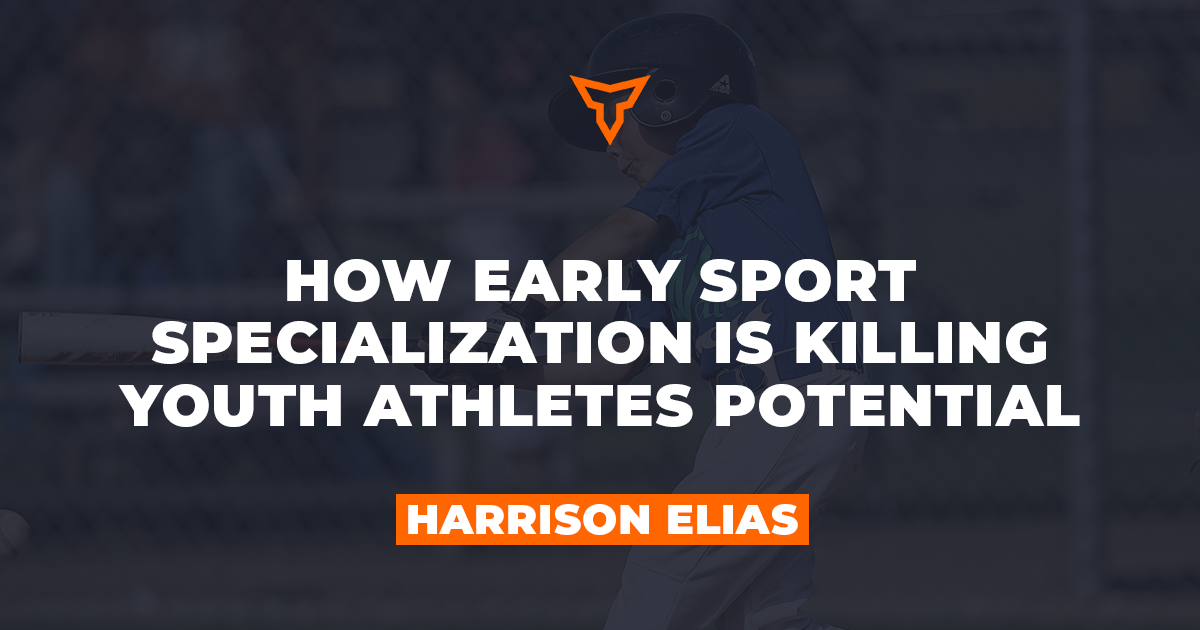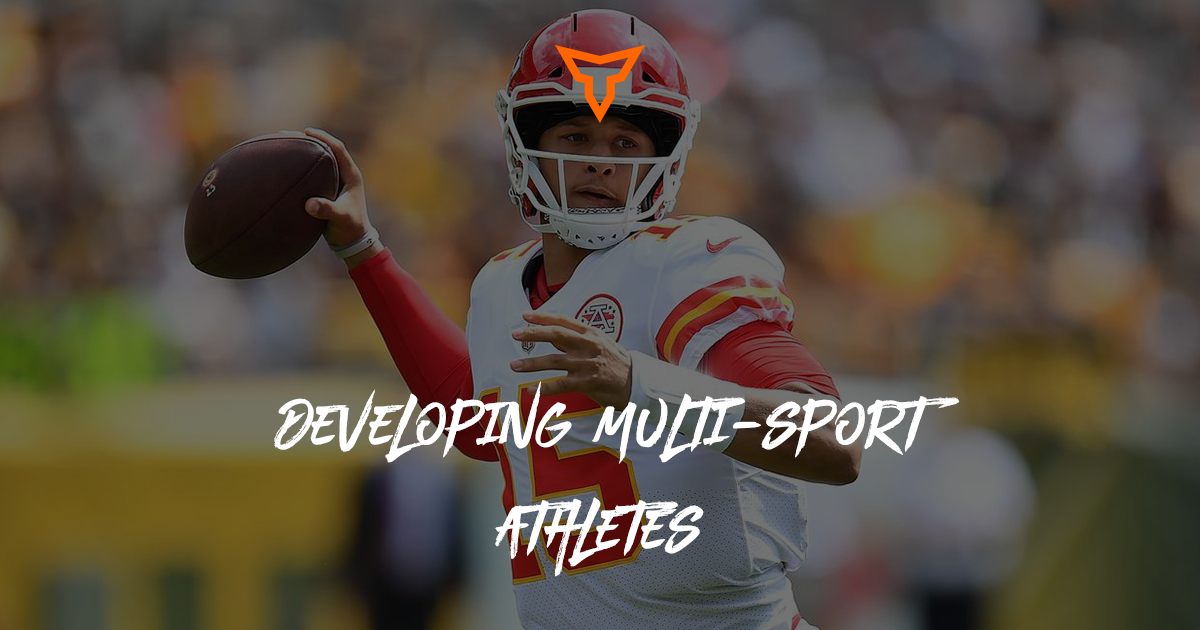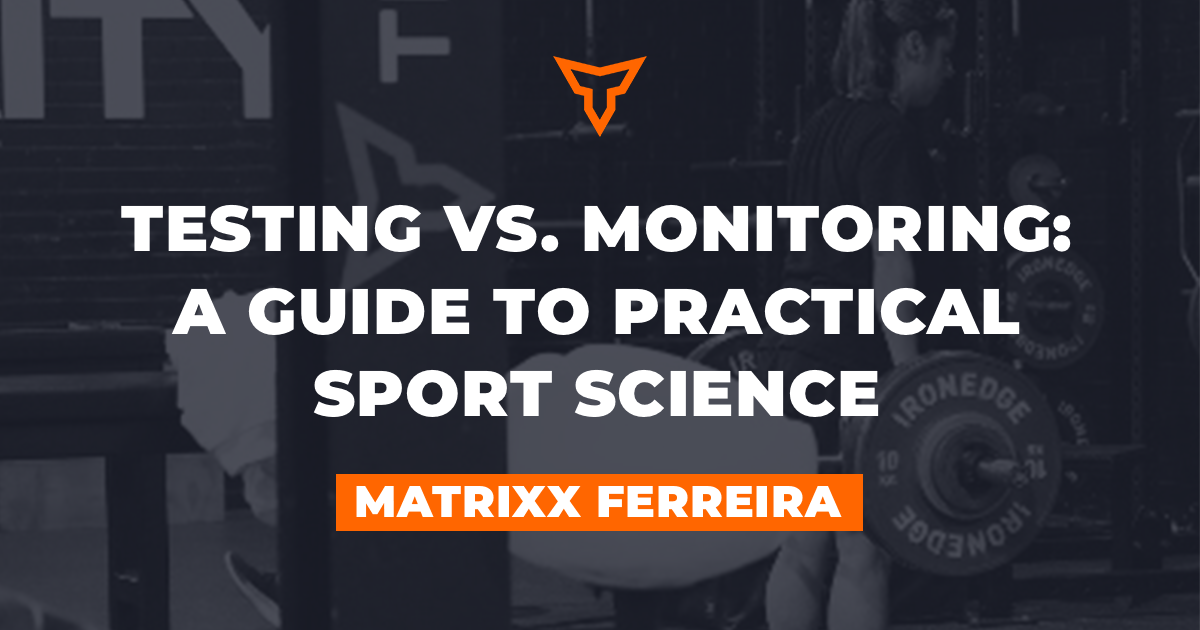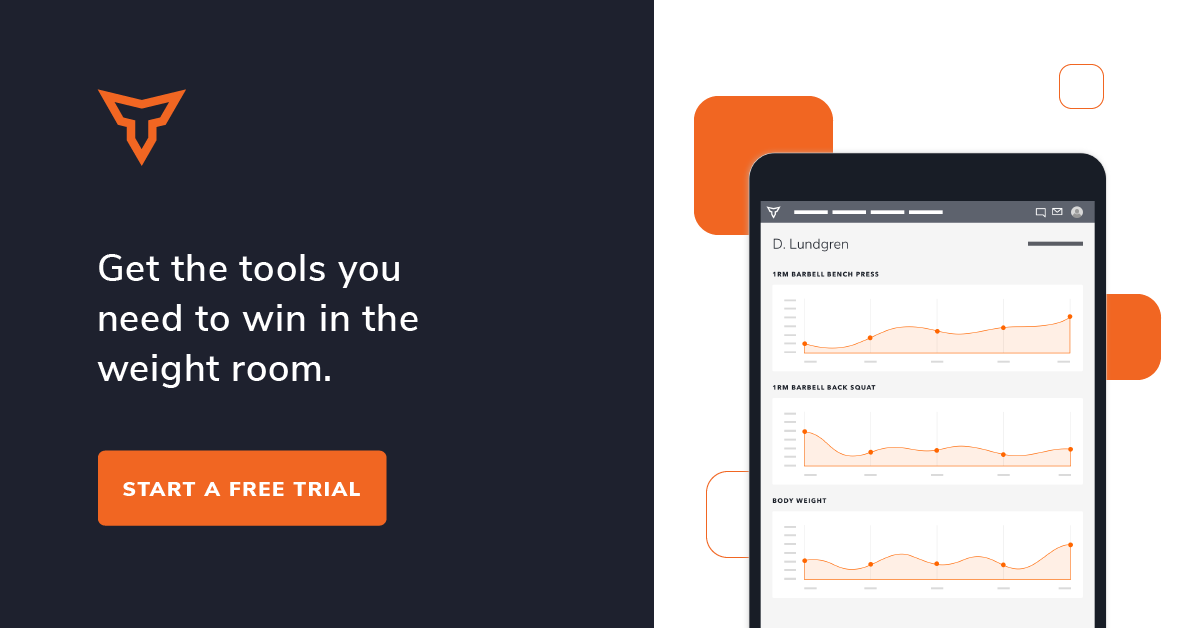Balancing Coaching a Sport while Training Other Sports
As a teacher and coach in several small schools in the state of Kansas, I have been blessed with the opportunity to serve as the head football coach of five programs in 18 years and at each one of those schools, I have also been the lead strength and conditioning instructor. I have also had the opportunity to be the head basketball coach, head track coach, head softball coach, and athletic director as well in several of those schools. Over the course of my career, I have had to learn to balance being the head coach of my own sport and doing the best job in serving the needs of my athletes and other sports programs along with their coaching staffs.
The prevailing opinion is that a head football coach will inevitably train all the athletes in a school like football athletes. At smaller schools like the ones I have worked at, you find out very quickly that most of your athletes aren’t just football players. They typically (and hopefully) are multi-sport athletes who compete in a variety of sports.
While it is my firm belief that the profession of strength and conditioning has got its first solid footing because of football coaches and their realization that strength training and conditioning was vitally important to success on the gridiron, that does not mean in our day and age that we can assume that we can train all athletes like football players. I will say that many of the movements and lifts that build the skills and physical attributes that you need to be a superior football player are ones that translate to success in many of the sports that every school’s students compete in. However, it is very myopic to state that you need to train all of your athletes like football players. Politically, it is a path that will burn your relationships with all of the other sports. Physiologically, you are not meeting the needs of all of your athletes which should be your number one priority.
Even if you are not a head football coach, but coach some other sport either as a head coach or assistant, you must find a balance to improve not only the athletes you coach on the field, court, track, etc. but also to improve the athletes who come to train with you regardless of their sport (if they even play a sport!).
As a plan of action, I would follow these steps to help create a balance that will help you be successful as a sports coach responsible for training all manner of athletes and students in your school.
- Identify the overall needs of your population: What physical traits do your students and athletes that you train need to be successful across the board? I would suggest assessing the students with the health-related and skill-related components of physical fitness. Regardless of sport or activity, every student needs to work to have competent or competitive levels of the health-related components of physical fitness: Muscular strength, muscular endurance, flexibility, cardiovascular endurance, and body composition. Similarly, you will find that almost every student needs to reach a competent or competitive level to varying degrees of the skill-related components of physical fitness: Speed, power, agility, quickness, coordination, and balance.
- Identify the specific needs of your population: Through data collection and testing, you need to determine the deficits that your student population may have. If a lot of your students suffer from lower leg or ankle injuries regardless of the sport, then it would best serve all the students you train to incorporate some movements and mobility work that meets the needs of building better ankle stability and strength.
- Design a universal program: Take the information gathered from your research in items 1-2 and develop a program that can universally serve all the athletes in your program. Avoid the word “sport-specific” at all costs in my experience, but do relate movements to outcomes. A box jump is great for your volleyball players and basketball players to increase their vertical leap so let them know that, but don’t forget to emphasize that the power development and triple extension used in a box jump benefits your football players, golfers, and wrestlers. The prevailing opinion is that a head football coach will inevitably train all the athletes in a school like football athletes. At smaller schools like the ones I have worked at, you find out very quickly that most of your athletes aren’t just football players. They typically (and hopefully) are multi-sport athletes who compete in a variety of sports.
- Ask for input from the other sports coaches: Simply, you need to take steps to include them in the process. At my school, I send out an email asking my sport coaches what things they would like to see me do within our program to improve their athletes and then use that input and incorporate movements in your program to address their athletes’ needs. For example, several volleyball coaches have asked me to work in shoulder stability and overhead movements for their athletes. I do so because that is something universally all of my athletes and students need. REMEMBER: Your main job is to help the kids and improve their performance! The person who knows best what they need to have to perform at a high level in their sport or activity should most likely be their sports coach. The coach should be an expert in their field. Consider yourself a mechanic who is asking the car owner what is wrong with their car. The car’s owner often knows a lot of vital information that can help the mechanic identify the fix for a potential issue. The car owner is the expert for their car. The mechanic should be an expert in how to fix it. It’s a partnership!
- Invite those other sports coaches to your training session: First and foremost, I firmly believe you will get better effort from your athletes when their coach is in the room watching. I want those other sports coaches in my room. Again, I don’t need them to be the “mechanic” in that situation. I will coach technique and lead the workout, but as the “car owner,” it helps to have them press their team’s gas pedal by coaching effort. We did this with our boys’ basketball team this past winter. Our head coach was not very comfortable with coming in the weight room with his team in our pre-practice workouts that he and I worked to develop because of he didn’t feel comfortable coaching the movements. We had a discussion about him just being there to coach effort, encourage, and motivate and it worked out splendidly. At the 2018 NHSSCA National Conference, Tony Stewart of North Scott High School in Iowa, mentioned that his athletic department requires their sport coaches to have one of their coaches on staff to be in the weight room in the summer while their athletes train I believe once a week. He stated that it pays tremendous dividends. Those kids have the best and strongest connection with those coaches so it works in your favor to invite them (or get your AD to require them) in your weight room.
- Butter your other sports coaches up with swag! Never underestimate the power of a free t-shirt. As a head football coach, I always try to hit up my other coaching colleagues with football t-shirts and/or hats to make them feel like a valued supporter of our program. Last year at Rose Hill, my Gridiron Club bought each staff member in our entire district football t-shirts to wear on Fridays. I think it goes a long way to support your own program, but also to build bridges with other staff members. At the very least, print up some shirts promoting your strength program and give those to your other sports coaches so they have something to wear when they come visit and help in the weight room.
In conclusion, meeting the needs of your athletes, designing a universal program, remembering that your job is to help your athletes perform, and incorporate the input and presence of your other sports coaches in my opinion is the most effective way to avoid the pitfalls that you may encounter as a sports coach who trains all the students and athletes in your school. Remember your number one priorities should be DO NOT HARM and to improve the performance of ALL of your athletes!
Subscribe to our blog
Subscribe to receive the latest blog posts to your inbox every week.
Related posts

How Early Sport Specialization is Killing Youth Athlete Potential

Developing Elite Human Beings in Sport


